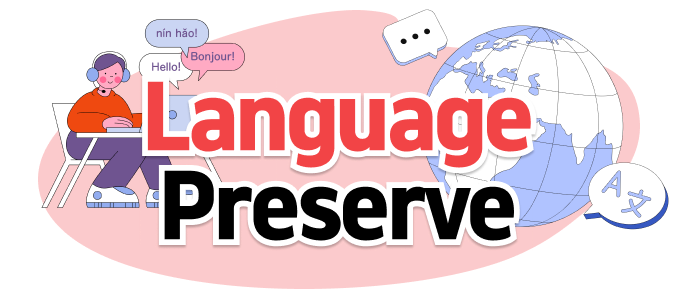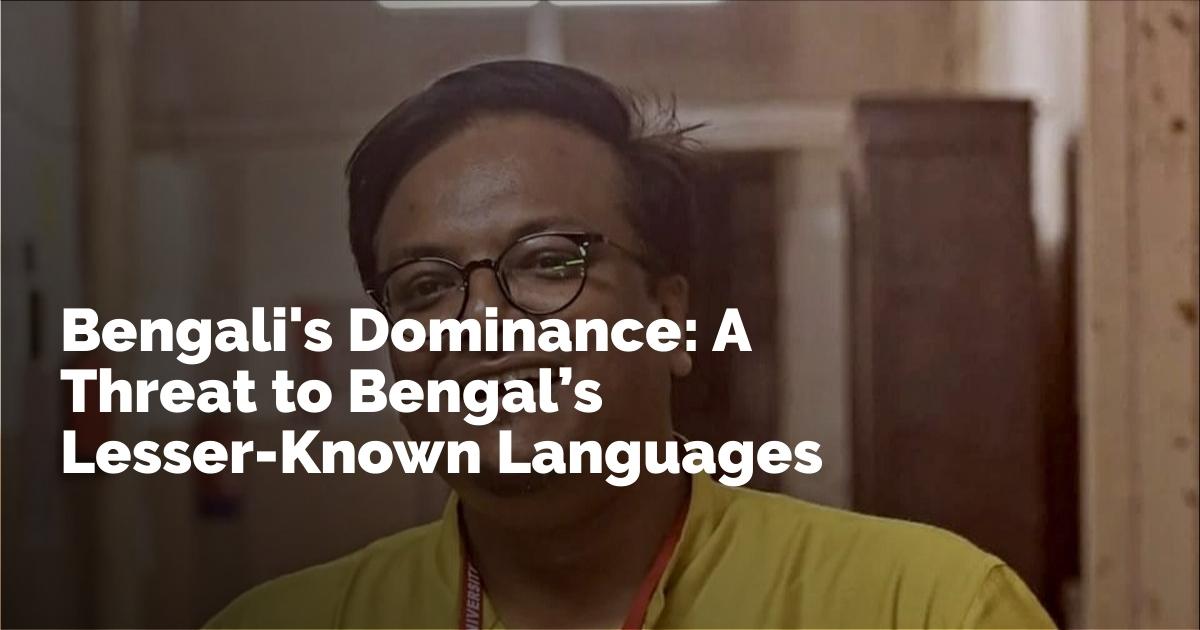Preserving Endangered Tribal Languages in West Bengal
The Challenge of Language Extinction
In today's rapidly globalizing world, the survival of many tribal languages continues to be under threat. Mrinmoy Pramanick, a Kolkata-based literary scholar and a dedicated advocate for linguistic preservation, is leading efforts to prevent the extinction of local languages in West Bengal. His work has focused on translating tribal languages, which are endangered due to socio-political decisions and cultural dominance from major languages like Bengali.
One such decision that contributed significantly to the diminishing linguistic diversity was the 1961 Indian census. During this period, a policy was enacted whereby any language spoken by fewer than 10,000 people was excluded from official recognition as a 'citizen's language'. This decision effectively marginalized numerous languages, contributing to their extinction.
The Repercussions of Linguistic Hegemony
Mrinmoy Pramanick observes that while Bengali remains secure from external linguistic threats due to its rich cultural and intellectual history, it inadvertently poses a threat to West Bengal's other indigenous languages such as Toto, Lodha, and Birhor. These languages, among others, are categorized as critically endangered and are closely linked to communities recognized by the Government of India as 'particularly vulnerable tribal groups'.
Language and Identity: A Symbiotic Relationship
The extinction of a language brings about the loss of cultural identity, traditional knowledge, literary heritage, and scientific insight that reside in the community that speaks it. Dr. Pramanick emphasizes that the death of a language equates to the loss of an entire epistemology cultivated over generations. This sentiment underscores the wider implications on culture, identity, and knowledge systems—each integral to the identity of its people.
Socio-Economic Factors: A Driving Force in Language Extinction
Beyond governmental policies, socio-economic conditions such as poverty and lack of employment opportunities have also played crucial roles in language loss. These factors drive migration towards urban centers, inadvertently leading to the erosion of linguistic and cultural identity as communities adapt to new environments and dominant languages.
Educational Interventions as a Pathway to Preservation
Dr. Pramanick recommends radical policy changes, advocating for the integration of tribal languages and their cultural literatures into primary education in regions where these languages are traditionally spoken. He views this integration as a revolutionary approach to ensure the survival and revitalization of these languages.
At an academic level, Dr. Pramanick has incorporated endangered languages into the curriculum through translation projects. By establishing a translation center that focuses on translating texts to and from these vulnerable languages, he aims to foster wider understanding and academic interest. He has initiated 'organic collaborative translation', involving direct community participation in the translation process to maintain authenticity and contextual accuracy.
The Role of Translation in Language Preservation
Translation emerges as a powerful tool in documenting and preserving oral traditions and written literature of endangered languages. Through his workshops and academic initiatives, Dr. Pramanick aims to create a bridge between these linguistic islands and the larger linguistic landscapes of English and Bengali. By translating Toto language texts into English, he contributes to an international awareness and appreciation of this culturally rich but fragile linguistic ecosystem.
The Broader Implications of Language Loss
The narrative of Bengal in 1952, when citizens fought to protect their language against Urdu imposition, marks a historical precedent in highlighting the importance of linguistic rights. However, even today, the battle for linguistic survival continues, albeit against different challenges. While languages naturally evolve or fade, the resources and infrastructure available today offer unprecedented opportunities to preserve them for future generations.
Ultimately, Mrinmoy Pramanick's work reminds us that safeguarding linguistic diversity is not just about preserving words but protecting diverse ways of understanding and engaging with the world. His efforts illustrate that recognizing and nurturing these languages can unlock vast treasures of human thought, expanding our collective knowledge and fostering a richly interconnected global tapestry.
출처 : Original Source

